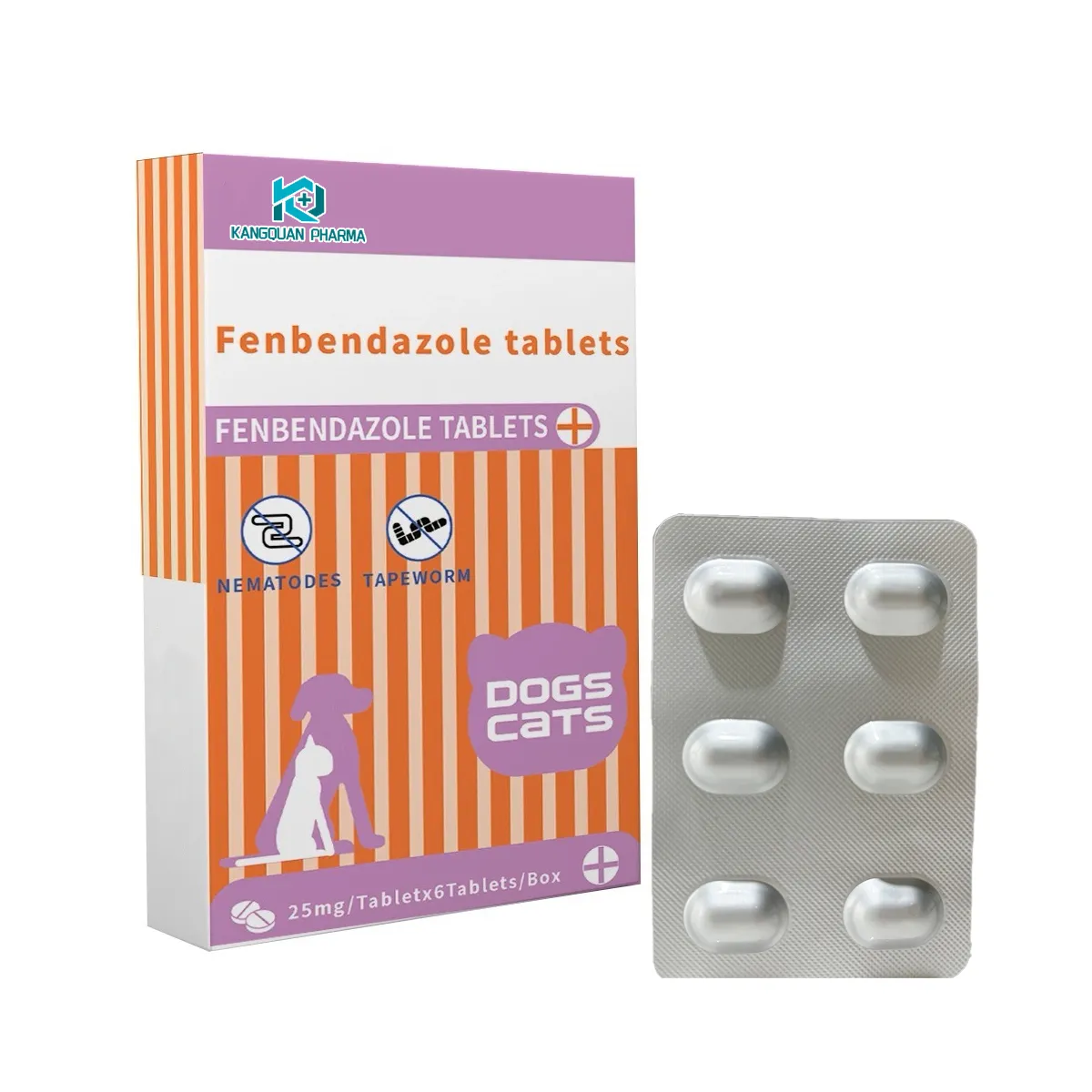- Afrikaans
- Albanian
- Amharic
- Arabic
- Armenian
- Azerbaijani
- Basque
- Belarusian
- Bengali
- Bosnian
- Bulgarian
- Catalan
- Cebuano
- Corsican
- Croatian
- Czech
- Danish
- Dutch
- English
- Esperanto
- Estonian
- Finnish
- French
- Frisian
- Galician
- Georgian
- German
- Greek
- Gujarati
- Haitian Creole
- hausa
- hawaiian
- Hebrew
- Hindi
- Miao
- Hungarian
- Icelandic
- igbo
- Indonesian
- irish
- Italian
- Japanese
- Javanese
- Kannada
- kazakh
- Khmer
- Rwandese
- Korean
- Kurdish
- Kyrgyz
- Lao
- Latin
- Latvian
- Lithuanian
- Luxembourgish
- Macedonian
- Malgashi
- Malay
- Malayalam
- Maltese
- Maori
- Marathi
- Mongolian
- Myanmar
- Nepali
- Norwegian
- Norwegian
- Occitan
- Pashto
- Persian
- Polish
- Portuguese
- Punjabi
- Romanian
- Russian
- Samoan
- Scottish Gaelic
- Serbian
- Sesotho
- Shona
- Sindhi
- Sinhala
- Slovak
- Slovenian
- Somali
- Spanish
- Sundanese
- Swahili
- Swedish
- Tagalog
- Tajik
- Tamil
- Tatar
- Telugu
- Thai
- Turkish
- Turkmen
- Ukrainian
- Urdu
- Uighur
- Uzbek
- Vietnamese
- Welsh
- Bantu
- Yiddish
- Yoruba
- Zulu
Dec . 04, 2024 13:32 Back to list
Veterinary Antibiotic Tablets Overview and Usage Guidelines for Animal Health
Understanding Vet Antibiotics Tablets A Comprehensive Overview
Veterinary antibiotics are fundamental in the treatment and prevention of infections in animals. With the rise of antibiotic resistance, it’s imperative for both pet owners and livestock producers to understand the proper use and types of veterinary antibiotics, including tablets, in order to ensure the health of animals while also safeguarding public health.
What Are Veterinary Antibiotics?
Veterinary antibiotics are medications used to treat bacterial infections in animals. They work by killing bacteria or inhibiting their growth. These medications can be administered in various forms, including injections, pastes, and tablets. Tablets are particularly popular due to their ease of administration and dosage accuracy. They are available for a wide range of animals, including dogs, cats, cattle, and poultry.
Importance of Antibiotic Use in Veterinary Medicine
The use of antibiotics in veterinary medicine plays a vital role in ensuring animal health, productivity, and welfare. In livestock, antibiotics can prevent disease outbreaks and promote growth, contributing to food security and agricultural sustainability. For companion animals, antibiotics can help treat various infections, increasing the chances of recovery and improving the quality of life for pets.
Common Types of Veterinary Antibiotic Tablets
1. Penicillins These are among the oldest and widely used antibiotics in veterinary medicine. They are effective against a broad spectrum of bacteria and are often used to treat skin infections, respiratory issues, and urinary tract infections.
2. Tetracyclines Known for their broad-spectrum activity, tetracyclines are often administered for respiratory infections, tick-borne diseases, and other bacterial infections in both pets and livestock.
4. Quinolones Effective against a range of bacterial infections, quinolones are particularly important in treating infections that do not respond to other antibiotics. They are crucial in veterinary care due to their potent efficacy.
vet antibiotics tablets

5. Sulfonamides These are often used in combination with other antibiotics to enhance their effectiveness against specific pathogens.
Responsible Use of Antibiotics
The increasing problem of antibiotic resistance highlights the need for responsible use of antibiotics in veterinary settings. Overuse and misuse of antibiotics can lead to resistant strains of bacteria, which can affect not only animal health but also human health through the food chain.
1. Consultation with Veterinarians Animal owners should always consult a veterinarian before administering any antibiotics. A veterinarian's guidance is essential in diagnosing the appropriate condition that requires treatment.
2. Completing the Course It is vital to administer the full course of antibiotics as prescribed by the veterinarian, even if symptoms improve before completing the medication. This helps to ensure that all bacteria are eradicated and reduces the risk of developing resistant strains.
3. Avoiding Self-Medication Owners should never use leftover antibiotics from previous treatments or medications prescribed for other animals, as this can exacerbate resistance problems and lead to ineffective treatments.
4. Monitoring and Reporting Owners should monitor their animals for any side effects or lack of improvement during treatment and report these findings to their veterinarian.
Legislative and Regulatory Framework
In many countries, the sale and distribution of veterinary antibiotics are regulated to ensure their responsible use. Regulations often include restrictions on certain antibiotics that are critical for human medicine, requiring veterinary prescription to ensure that they are used appropriately and only when necessary.
Conclusion
Veterinary antibiotics tablets are a crucial component of animal healthcare, offering effective treatment for a variety of infections. Understanding their role, types, and responsible use is paramount in maintaining animal health and combating the growing threat of antibiotic resistance. By following proper protocols and working closely with veterinarians, pet and livestock owners can ensure the well-being of their animals while contributing to the wider effort to reserve the effectiveness of antibiotics for future generations.
-
Guide to Oxytetracycline Injection
NewsMar.27,2025
-
Guide to Colistin Sulphate
NewsMar.27,2025
-
Gentamicin Sulfate: Uses, Price, And Key Information
NewsMar.27,2025
-
Enrofloxacin Injection: Uses, Price, And Supplier Information
NewsMar.27,2025
-
Dexamethasone Sodium Phosphate Injection: Uses, Price, And Key Information
NewsMar.27,2025
-
Albendazole Tablet: Uses, Dosage, Cost, And Key Information
NewsMar.27,2025













